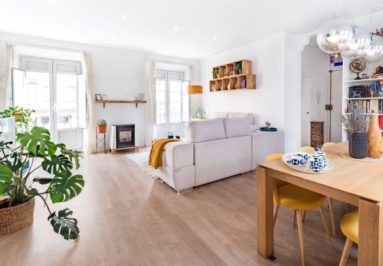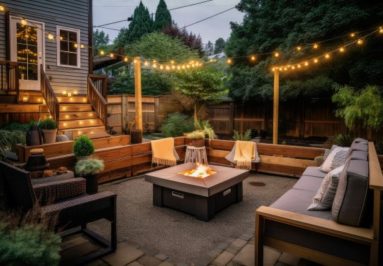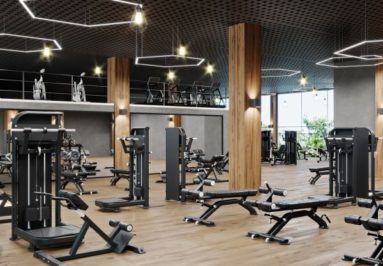Soundproofing is often thought of as a luxury reserved for million-dollar recording studios and extravagant hotels. Luckily, that’s not always he case. Anyone with a noise problem can fit soundproofing into their budget by following these affordable tips. Keep reading to hear about 5 of the best high-quality, low-cost solutions to soundproof your space without breaking the bank.
Use Acoustic Caulk or Green Glue
Gaps and cracks in your walls are likely one of the main contributors to your noise problem as sound always takes the path of least resistance. Pick up some acoustical caulk for just a few bucks and seal ‘em up. You’ll be amazed by the difference this quick fix will make.
Install Mass Loaded Vinyl on Thin Walls
Mass Loaded Vinyl and other, similar soundproofing membranes have been around for over 30 years. However, they continue to expand into the building industry, as contractors find it is easy and straightforward to install, and it often costs much less than a layer of drywall.
MLV can be installed directly onto the studs underneath the drywall, or it can be stapled over existing drywall and covered with another layer.
Moving Blankets
They may not be the most aesthetic solution but they’ll do the trick for a fraction of the price of traditional sound absorption materials. Heavy, durable moving blankets work similarly to sound absorption panels and foams when hung against walls. Cut the blankets and hang them behind large canvas paintings or decorative quilts to take advantage of this solution without compromising your décor.
Using Soundproof Blankets to Reduce Noise
Soundproof Curtains
Not all traditional soundproofing products will set you back thousands. These soundproof curtains are highly engineered to block outside sound from entering your home for a fraction of the price of new windows. Depending on your window size, soundproof curtains can cost anywhere between $120-$400. The curtains are individually designed to fit your window and can even be customized with specific colors and fabrics.
Rugs
Sound waves ricochet off of hard surfaces and send noise bouncing all around the room. To easily combat this issue lay rugs down on any hard flooring. The softness of the rugs will absorb sound waves and help quiet the space. To boost this trick, lay a thick rug pad underneath a decorative carpet for added absorption.
Use one of these ideas? Let us know in the comments below!





